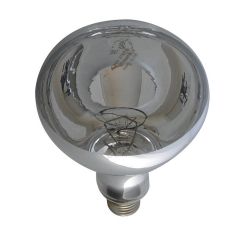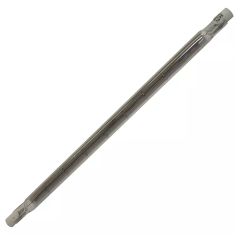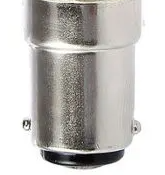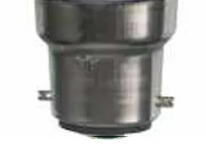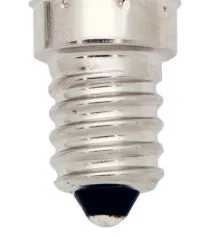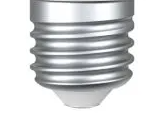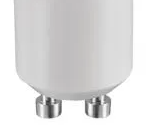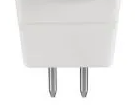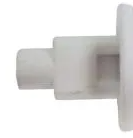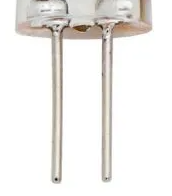B15 (SBC):

B15 globes are globes that utilize a B15 Small Bayonet Cap lamp base. The B15 bayonet base is installed by using a push and twist action. The B15 bulb base is similar to the B22 but in a smaller size.
B22 (BC):

The B22, commonly known as Bayonet Cap 22, a timeless Bayonet base designed to accommodate bulbs with a 22mm diameter cap. These Bayonet Cap bases, also known as BC bases, feature two protruding segments on either side of the bulb base for secure fitting.
E14 (SES):

The E14 bulb bases, also known as Small Edison Screw (SES) bulbs, are a key part of the Edison Screw globe base family. These bulbs have threaded metal bases, so they easily screw into their matching fixtures, which is how they got their perfect name. They're totally the go-to choice for lighting fixtures all over Australia, super popular and loved by many.
E27 (ES):

Similar to E14 bulb bases, E27 light bulbs belong to the Edison Screw family, but they come with larger 27mm fitting sizes. Widely adopted as the present standard for sizeable mains voltage light fittings, E27 bulbs find their place in numerous lighting fixtures, serving as the primary lighting solution for various rooms.
GU10:

The GU10 bulbs, also famous as PAR16, hailing from the Glass Type bulb base clan. What sets them apart from their G9 relatives are the two short, square-ish pins protruding from their bases, coupled with a u-shaped ceramic base mount. Take note that the gap between the middle parts of these pins measures 10mm, giving birth to the name GU10.
You'll spot these bulbs in action for intense directional lighting, making them a go-to choice for downlights and spotlights. Fondly known as "spotlight globes" in layman's terms, they're a common sight brightening up kitchens, hallways, gardens, and garages.
MR16:

MR16 lights share a striking resemblance with GU10 bulbs, both in terms of their bases and applications. In fact, they go by another name, GU5.3 bulbs, which refers to the 5.3mm spacing between their protruding segments. Just like the GU10, MR16 bulbs have earned their reputation as impressive spotlight globes. The secret lies in their multi-faceted reflectors, which deftly control beam intensity and direction for precision lighting.
But here's the key difference: MR16 boasts two thin pins on its base instead of rectangle-like ones, so it's essential not to mix them up. Oh, and there's more – while most GU10 bulbs operate at 240 volts, MR16 light bulbs only need a low 12 volts to shine brightly.
R7S:

The R7S bulb base, which boasts ceramic ends and a 7mm diameter contact point. You can easily find them on linear halogen lamps and LED retrofit equivalents.
G4:

The G4 light bulb features a bi-pin base and operates on a low-voltage power supply. The term "G4" refers to its base having two pins with a 4-millimeter gap width between them (center to center). These adaptable bulbs are the perfect choice for spaces where size matters.
G9:

In the past, G9 bulbs earned the name "Glass Type 9" because they were originally crafted from glass. However, with advancements in technology, G9 bulbs and other Glass Type bulbs are no longer limited to this material. Instead, when people now refer to Glass Type bulbs, they picture bulbs with two pins on their bases.
Specifically, G9 bulbs feature two looped pins at the bottom of their caps, and the number 9 indicates the 9mm distance between the centers of these pins. Thanks to their compact fitting size, these bulbs are popular choices for decorative and under-cabinet lighting applications.





